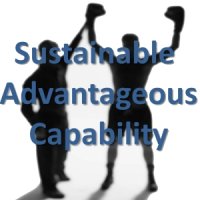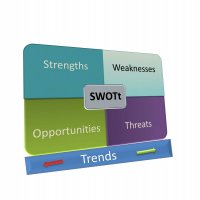Why do you consider your assessment and decision support system to be potentially the most powerful management tool available? (or sometimes, it's worded, How can you say that…?)
If you deploy this system inside your organization, you give your organization the capability to understand your candidates, your employees and your teams. The capability to understand could actually have no impact on your organization but if you use this capability, this is incredibly powerful stuff. It continually, every hour of each day, impacts an organization's performance through the ongoing decisions of its managers, their actions, their effectiveness and the engagement of the employees.
By providing validated data on 175 traits, matching it to job-specific research and displaying it in formats to assist in predicting performance in specific jobs, hiring, management, engagement, team building and succession planning.

























 One of the most difficult challenges managers face is choosing the right people and understanding how to get them to perform at their best. During the last 12 years of our experience, we have found no other tool except the Harrison Assessment that enables this kind of capability with incredible accuracy and insight.
One of the most difficult challenges managers face is choosing the right people and understanding how to get them to perform at their best. During the last 12 years of our experience, we have found no other tool except the Harrison Assessment that enables this kind of capability with incredible accuracy and insight.

 "The U.S. Department of Labor has estimated the costs to replace an employee to be approximately 1/3 their annual salary; but when you start looking at the impact of hiring the wrong employee and having to replace them, some studies say 2.5 times annual earnings, some 4 times and some even higher." AGILEdge
"The U.S. Department of Labor has estimated the costs to replace an employee to be approximately 1/3 their annual salary; but when you start looking at the impact of hiring the wrong employee and having to replace them, some studies say 2.5 times annual earnings, some 4 times and some even higher." AGILEdge













